Learn How Three Teachers Are Using Video Tools to Engage Young Students With Hybrid Learning
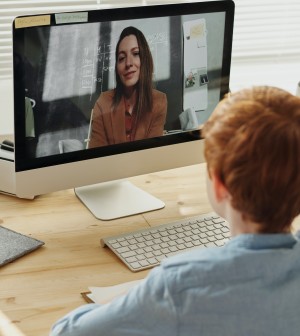
This year, K-12 teachers were thrown into virtual teaching in ways they never would have expected. It’s been a difficult transition for teachers — not only do they need to adapt to the new work environment, they are also being asked to integrate technology into their teaching like never before. Many schools have embraced hybrid learning, allowing some students to come in on some days of the week, while others learn from home, or they are entirely virtual.
Ensemble Video partners with K-12 schools across the country and we spoke with three different K-12 educators to understand what is working well in the virtual classroom as they navigate hybrid learning. Here’s what we found.
Mix up the classroom content
Between at-home distractions and “Zoom fatigue,” it’s hard for students of all ages to focus in a digital classroom. In spite of these challenges, creative teachers are meeting the moment and finding ways to keep kids engaged and focused with hybrid learning.
“The more we can facilitate the structure of school for our students, the better,” says Heather Turner, a teacher-librarian at Fabius Pompey Schools. “I find that a combination of many techniques is pivotal in engaging the students. I gamify a lot of my content to increase engagement.”
Art teacher Beth Pritchard breaks each of her classes at Emerson J Dillon Middle School into three segments: a presentation, a demonstration and independent work time to keep students moving through different elements of her instruction. “For a typical class, I will present content with a Google Slide Presentation, and then move onto a guided drawing section with my document camera so they can see process steps,” Beth says.
Record presentations and demonstrations
Parents’ schedules, poor or nonexistent wifi and sharing study space with siblings can all make it difficult for students to participate in hybrid learning from home. When students aren’t able to attend class when it’s scheduled, educators must find new ways to reach students.
“One of the biggest challenges has been catching students up who are absent,” says Beth. In a normal school year, she might ask students to stay after the school day for additional instruction, but that isn’t a viable option in 2020. Instead, she’s used technology to bridge this gap.
“With each unit, I create videos of myself teaching the content and project steps and upload them,” she says. Then these videos are accessible from home and can broken down by class period so that students who have missed a day can find and make up the work on their own time. Students who miss class aren’t the only ones who find these videos helpful. According to Beth, they are also a great tool for any student that needs to review a topic covered in class.
Another art teacher, Bridget Nadzan from Solvay Middle School, has focused on producing short, two to five minute videos to maintain students’ attention virtually. “By recording and posting videos of these demonstrations I am able to deliver the same instruction to the students at home,” she says. Bridget went on to say that, “video not only provides a great tool for review but a resource for special education students or struggling learners who require repeated directions.” This provides students the opportunity to watch a video demonstration as many times as needed to fully understand the content.
Be flexible with being on-camera
Due to privacy, anxiety, access, Zoom fatigue and other concerns, many students prefer to keep their cameras off during class. Now, educators are finding ways to engage students who prefer not to join via video conferencing for hybrid learning.
Beth shares, “I have found that many students don’t always feel comfortable with their cameras throughout class, so allowing them to use the chat option in Google Meet and also the emojis helps them participate more.”
Heather also does not require cameras to be on out of respect for students’ privacy, but found that the virtual backgrounds make students more comfortable in joining via video. She also shared that the chat features offered in her online teaching platform help students who may be nervous about speaking online participate.
Use interactive, fun tools
Today’s young students are the first in history to grow up with total access to technology. Because of this, students expect interactive and fun content in the classroom, especially with hybrid learning.
For Bridget, interactive video has been a big part of her lesson plans, especially at the middle school level. “I have found adding questions throughout the videos with the quiz feature in Ensemble Video has helped to encourage student engagement while they are watching videos,” she says.
In addition to using Ensemble Video, each of the educators we met with rely on PearDeck — it builds interactive elements into Google Slide decks that keep their students engaged in their lessons in real time. These interactive elements can then take the form of polls, drawing activities, multiple choice questions and more.
Other tools they mentioned being helpful include Google Suite, Nod, WeVideo, Jamboard, ClassKick, Edpuzzle, Wizer.me, Nearpod, ShapeGrams, Scratch.mit.edu, Code.org and Tinkercad.
Celebrate student materials
When everyone’s in the school building, it’s easy to celebrate students’ successes with bulletin boards and projects on the walls. In a hybrid learning environment, it’s much more difficult to help students feel seen and acknowledged.
That’s why Beth prioritized finding creative ways to showcase student work during the pandemic. “Every art student designed their own mask as one of the first pages in their art journals. They photographed themselves holding up their personal mask design up over their face and then submitted photos to us in Google Classroom,” she says. “We put all of these images into a slideshow and shared it out with the district while also creating a bulletin board of the in-person students’ mask designs.”
This showcase was such a success that she regularly creates montages of student work, sets them to music and shares it during the school’s morning news presentation.
Could lecture capture or interactive video help your hybrid learning classroom?


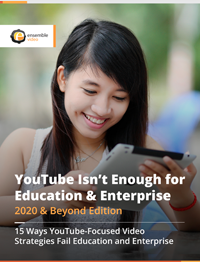

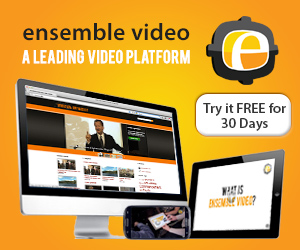
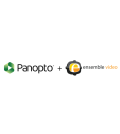

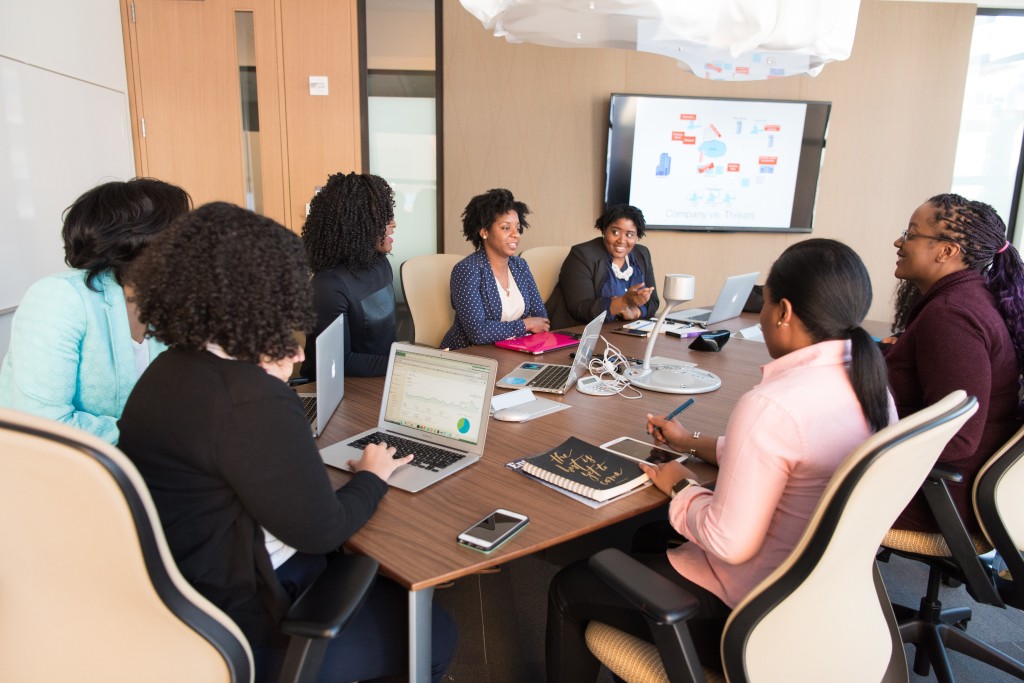


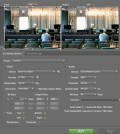
You must be logged in to post a comment Login